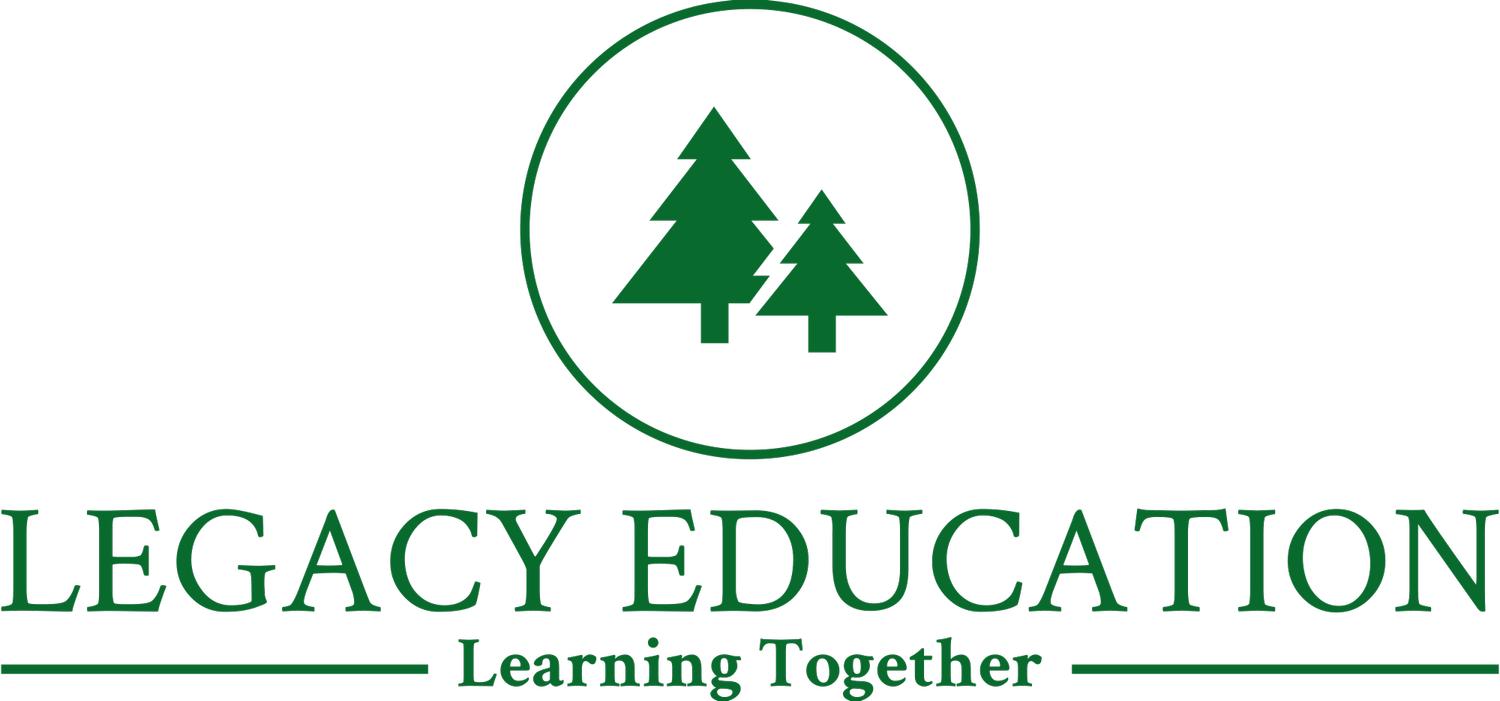Rewiring the Brain: This Strengths-Based Approach Will Transform Education
Imagine if we could help rewire the brains of today’s students and teachers—not by pointing out what they lack, but by amplifying what they already do well. Research on cognitive development shows that when students focus on their strengths, we’re actually supporting essential areas of the brain, particularly the prefrontal cortex, which is responsible for decision-making, impulse control, and resilience (Lee & Diamond, 2011). But traditional education often relies on a deficits-based approach, focusing on what students “can’t do.” It’s time to flip the script.
Universal Best Practices (UBP) embraces a strengths-based model, empowering teachers to reframe their approach and foster cognitive growth by anchoring their students in real-world challenges. Instead of highlighting what’s lacking, UBP allows teachers to leverage student strengths across four critical domains: Communication & Interaction, Learning & Cognition, Social-Emotional Strengthening, and Executive Functioning. Through this approach, UBP aims to support not only academic success but brain development itself.
The Brain Science Behind Strengths vs. Deficits
When we focus on deficits, we activate stress pathways in the brain, signaling to students that they are “behind” or “not enough.” For neurodiverse students, such as those with ADHD, dyslexia, or autism, this emphasis on what they struggle with can limit the development of core skills in the prefrontal cortex—skills like attention, self-regulation, and planning. Research from Jonathan Haidt and others highlights how digital distractions, combined with deficit-focused education, have exacerbated the anxiety levels of today’s youth. This is why Universal Best Practices offers a different path forward: one that engages and strengthens the brain by focusing on what students can achieve.
UBP’s Framework: Building Stronger Brains, One Strength at a Time
1. Communication & Interaction
UBP encourages teachers to develop students’ interpersonal skills through face-to-face conversations, active listening, and real engagement. When students are truly present, engaging in dialogue and eye contact, their prefrontal cortex is engaged, promoting empathy, patience, and understanding. These essential skills for brain development can’t be replicated through screens or text messages, making in-person interaction invaluable.
2. Learning & Cognition
Rather than allowing students to rely on instant answers, UBP emphasizes critical thinking and problem-solving. This challenges students to think deeply and reinforces brain pathways for logic and comprehension. For neurodiverse learners, it opens doors to different ways of processing information, from visual-spatial reasoning to pattern recognition—abilities that a deficits-based model might overlook.
3. Social-Emotional Strengthening
A deficits model often sidelines students by labeling them with “lacks” in social skills. UBP shifts this, helping teachers see each student’s unique way of engaging with peers. By creating spaces for positive social interactions, UBP allows students to build their social-emotional strengths, which not only supports cognitive development but also aids in stress management and emotional resilience.
4. Executive Functioning
UBP encourages students to build organization, goal-setting, and time management skills. Instead of promoting a culture of instant gratification, UBP reinforces long-term planning, delayed gratification, and self-discipline. Developing these skills strengthens the prefrontal cortex and helps students develop the critical thinking and judgment necessary for real-world success.
Why Strengths Matter in Education—and in Life
The choice to focus on strengths over deficits isn’t just a teaching strategy—it’s a neurological game-changer. By engaging students’ strengths, UBP helps teachers unlock their potential, rewiring their brains for resilience, confidence, and growth. For students who face neurodiverse challenges, this approach offers a path that’s not only supportive but also scientifically sound, promoting the development of the brain’s key areas for lifelong learning.
So as educators, parents, and leaders, we have a decision to make. Will we continue to focus on “can’t do” lists, or will we embrace a strengths-based model that supports the whole student—mind and brain? Universal Best Practices offers a way to anchor students in the real world, ensuring they don’t just succeed academically but develop the neurological foundation to thrive in life.



